The World of Ethereum: What It Is and How It’s Changing Industries
Éthereum is a groundbreaking blockchain platform whose influence has long surpassed cryptocurrency itself. Today, it has become the core pillar of decentralized computing, driving innovation in finance, gaming, supply chain management, governance, and other fields, and penetrating into emerging fields such as artificial intelligence (AI), decentralized science (DeSci), and real-world asset tokenization (RWA). As the infrastructure of Web3, Ethereum has firmly occupied the leading position in blockchain technology.
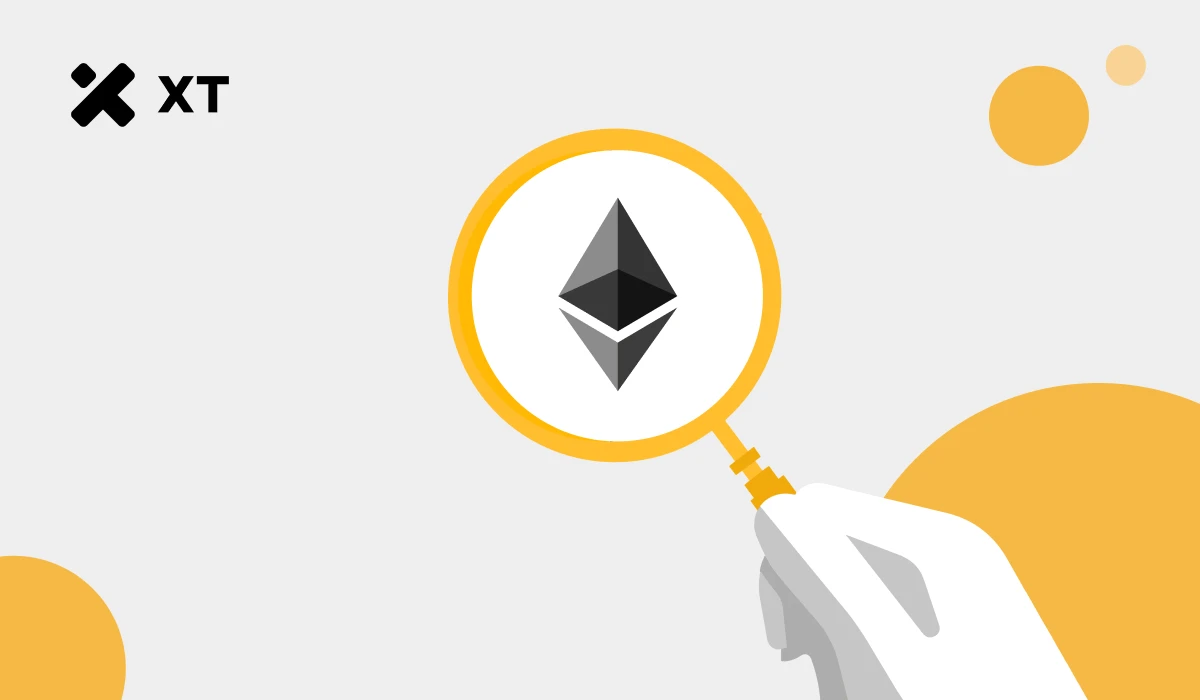
The core highlight of Éthereum is smart contracts, which are protocols that can be automatically executed when conditions are met. These contracts form the basis of the booming decentralized applications (dApps) on Ethereum. Currently, Ethereum has supported thousands of dApps, covering decentralized finance (DeFi), non-fungible tokens (NFTs), games, real estate, healthcare and other fields. Ethereums powerful programmability has attracted a large number of developers, built a vibrant ecosystem, and continuously pushed the boundaries of blockchain technology.
Table of contents
The Scalability Trilemma: How to Balance Security, Decentralization, and Scalability
Ethereum’s Evolution: From “Merge” to Now
The Current Status and Development of Layer-2 Solutions
Emerging application scenarios and their far-reaching significance
The Scalability Trilemma: How to Balance Security, Decentralization, and Scalability
Éthereum has been struggling to solve a core problem – how to find a balance between the following three aspects:
-
Security: Ensure that the network can resist various attacks and remain robust.
-
Decentralization: Make the control of the network widely distributed to avoid the risk of centralization.
-
Scalability: Able to efficiently handle increasing transaction demands.
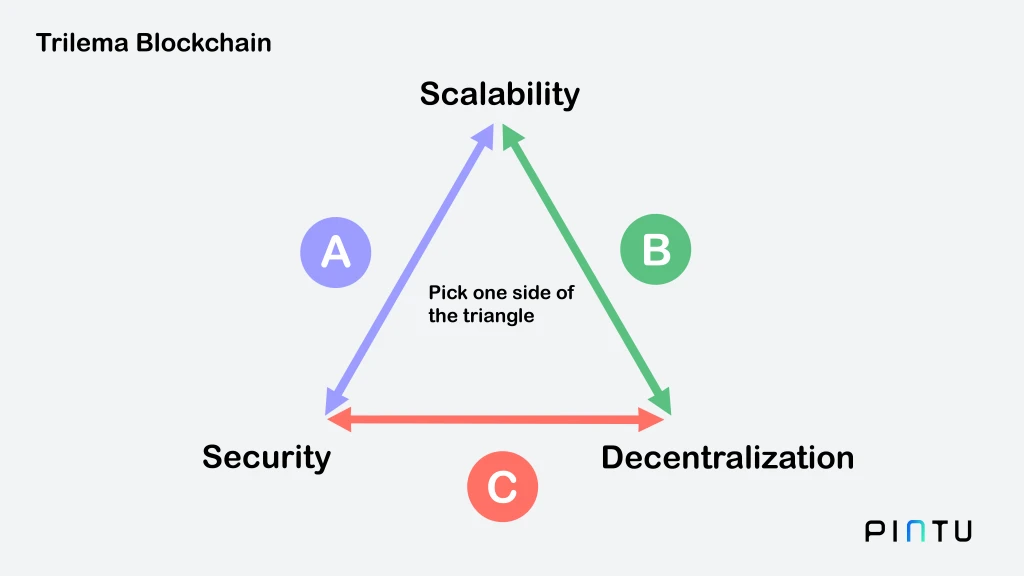
Image Credit: Pintu
The real-life trilemma
During the DeFi (decentralized finance) boom in 2020, Ethereums network was once congested. Protocols like Uniswap et Composé became popular, but with them came skyrocketing gas fees, with single transaction fees as high as hundreds of dollars, which discouraged many small users.
The NFT craze of 2021 has also put Ethereum under pressure. A surge in trading volume on popular platforms such as OpenSea has caused fees for minting and trading NFT to soar, while network processing speeds have slowed down. These problems highlight the challenges Ethereum faces in scalability while ensuring security and decentralization.
In order to deal with these problems, Ethereum introduced Layer-2 expansion solutions and sharding technology. However, how to truly achieve a perfect balance between the three is still an important issue for the future development of Ethereum.
Ethereum’s Evolution: From “Merge” to Now
Merge (2022)
The merger is an important turning point in the history of Ethereums development, which realizes the transformation depuis proof of work (PoW) to proof of stake (PoS). This upgrade reduces Ethereums energy consumption by more than 99%, making it one of the most environmentally friendly blockchains. Through PoS, users only need to stake ETH to participate in network security, which lowers the threshold for participation and further improves the degree of decentralization.
The “merger” not only improves energy efficiency, but also lays the foundation for future scalability, such as deep integration of sharding technology and Layer-2 solutions. It marks Ethereum’s move from its high-energy consumption early model to a more sustainable and efficient future.
EIP-1559 and the deflationary nature of ETH (2021)
The EIP-1559 upgrade is part of the Ethereum London hard fork, which redesigned the fee mechanism. This improvement effectively reduces the supply of ETH by introducing a dynamically adjusted base fee and destroying a portion of the transaction fees. This deflationary feature strengthens ETHs position as a store of value while making transaction fees more transparent and predictable.
Shanghai Upgrade (2024)
The Shanghai upgrade allowed Ethereum stakers to withdraw their staked ETH for the first time, greatly improving the liquidity of the entire ecosystem and attracting more users to participate in staking. By solving the long-standing liquidity problem, this upgrade further demonstrated Ethereum’s emphasis on user experience and decentralization.
Gas fees are still a problem
Despite many technological advances, gas fees remain a major challenge for Ethereum. During the NFT boom or the surge in DeFi applications, network congestion caused fees to soar, which ordinary users often cannot afford. These problems highlight the need for Layer-2 expansion solutions and further optimization of the Éthereum core protocol.
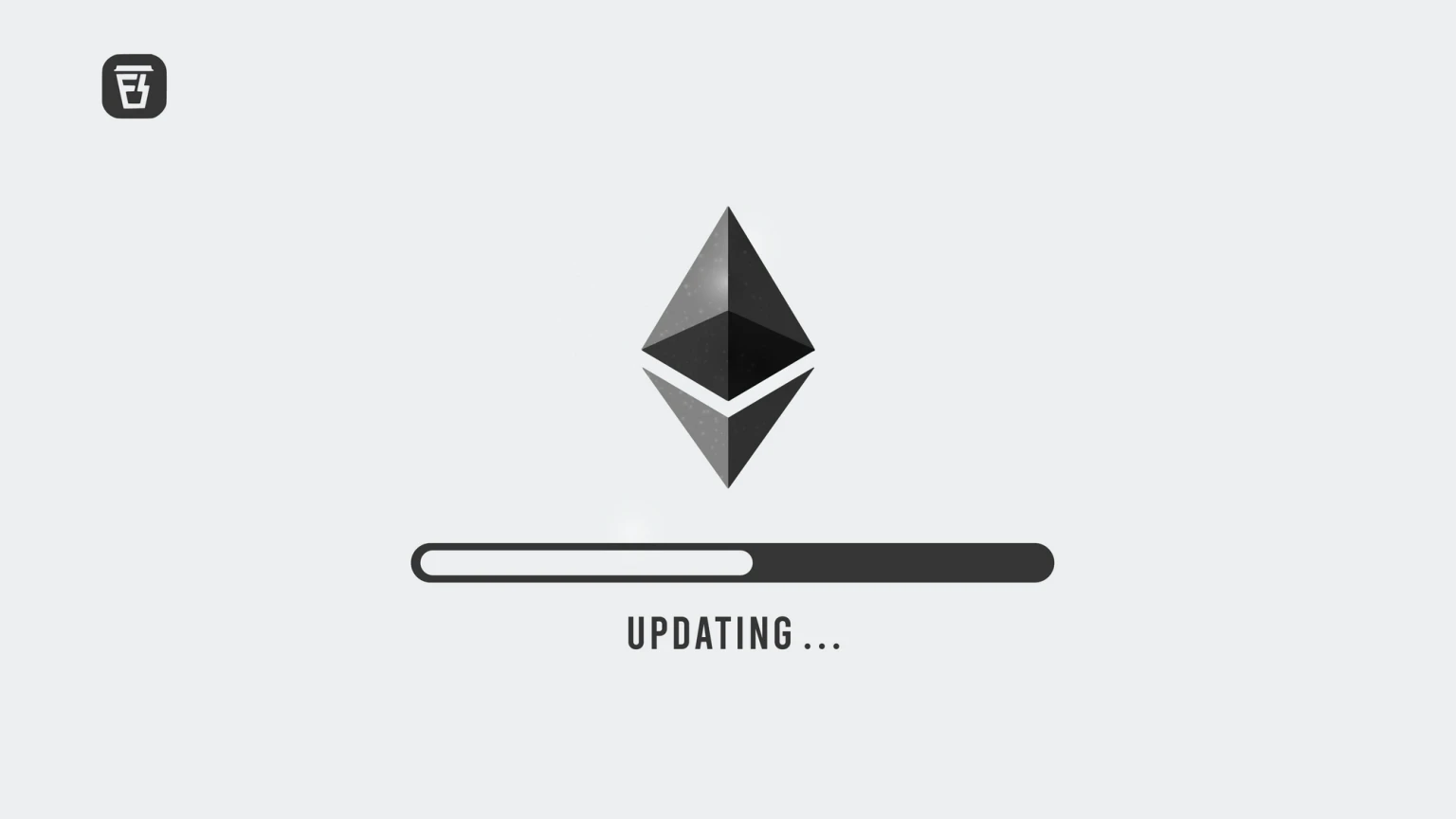
Image Credit: Finshots
The Current Status and Development of Layer-2 Solutions
Layer-2 solutions have become the key to Ethereums scalability problem. These technologies run on top of the Éthereum main chain, and by moving transactions off-chain, they not only increase speed but also significantly reduce transaction costs while maintaining the security and decentralization of the main chain. These innovations allow Ethereum to support more users and applications.
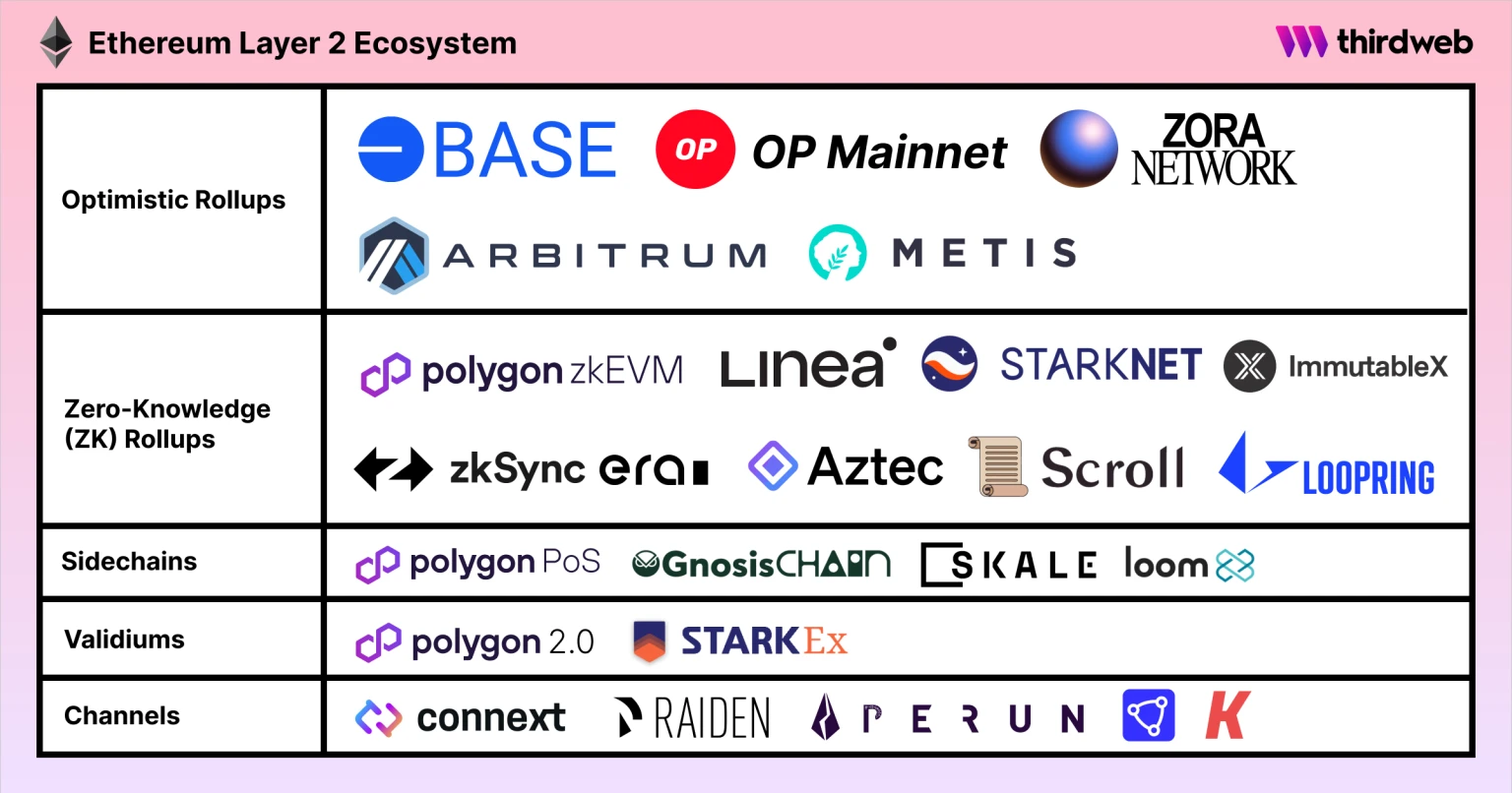
Image Credit: Thirdweb
Cumuls optimistes
Optimistic Rollups assumes that transactions are valid by default and only verifies them if they are challenged within the specified dispute period. This approach greatly improves efficiency while ensuring security.
-
Optimisme : Known for its simplicity and developer-friendliness, it has attracted a large number of DeFi protocols and dApps, and has become a popular choice due to its seamless compatibility with Ethereum.
-
Arbitrage : Recognized for its advanced fraud proof mechanism, it is widely used in areas such as decentralized exchanges and gaming platforms.
zk-Rollups
zk-Rollups leverage zero-knowledge proof technology to verify transactions while ensuring privacy and security, making them ideal for high-throughput and privacy-focused applications.
-
StarkNet: Known for its strong scalability and rich ecosystem, it supports various financial and gaming applications.
-
Synchronisation zk : Focusing on user experience, it is a popular choice for developers to quickly attract new users.
Polygone
Polygone provides a full set of Layer-2 expansion tools, including Plasma chains, side chains, and zk-Rollups. Its ecosystem supports thousands of dApps, covering areas such as NFT , games, and DeFi. Polygon is known for its flexibility and low cost, and is one of the top choices for developers and users.
Base
Base is a Layer-2 solution launched by Coinbase, based on Optimistic Rollups technology, emphasizing simplicity of operation. Base focuses on helping Web2 enterprises quickly integrate into the Web3 ecosystem and extending the potential of Éthereum to traditional business areas.
Rapid development of ecology
Layer-2 networks like Polygone , Optimisme , Arbitrage , and Base have developed into active ecosystems, hosting a large number of dApps, DeFi platforms, and NFT markets . These networks not only alleviate Éthereum s scalability bottlenecks, but also effectively reduce Gas fees, making high-performance applications more accessible and attracting users from all over the world.
Challenges and future directions
Although Layer-2 solutions have greatly improved Ethereums scalability, there are still some problems that need to be solved:
-
Interoperability: Seamless asset transfer between Layer-1 and Layer-2 still needs further optimization.
-
User education: More publicity efforts are needed to help users and developers understand and adopt Layer-2 technology.
-
Integration of zkEVM: New technologies such as the zero-knowledge Ethereum virtual machine (zkEVM) are expected to further strengthen the collaboration between Layer-1 and Layer-2, bringing Ethereum’s usability to a higher level.
Layer-2 solutions are an important part of Éthereum s future development, as they find a better balance between the platforms decentralization, security, and scalability.
Emerging application scenarios and their far-reaching significance
Éthereum ’s programmability and flexibility have brought unprecedented innovation to multiple industries, gradually laying the foundation for a decentralized future. By 2025, Ethereum’s influence has penetrated into the following areas:
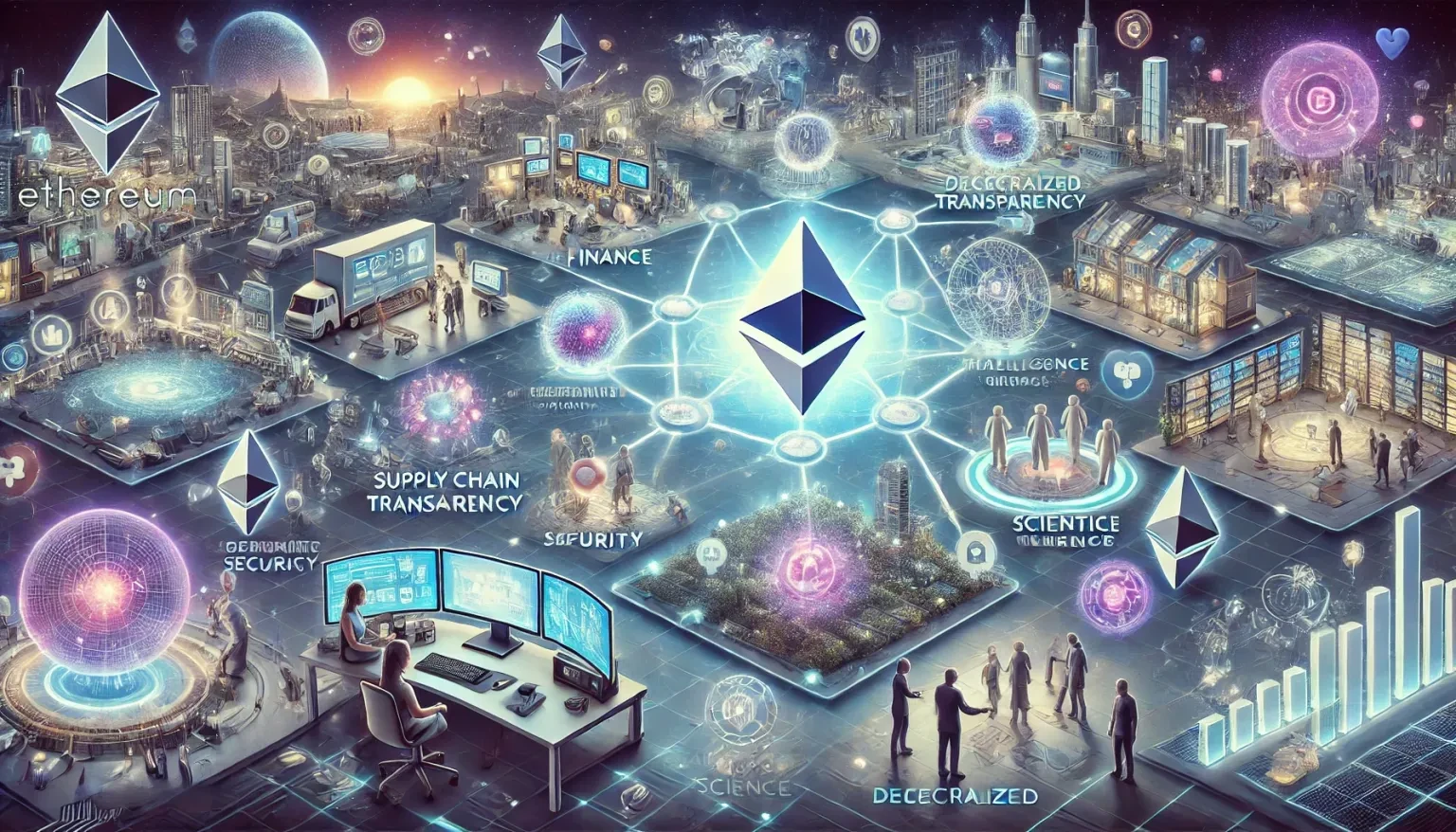
finance
Éthereum remains the leader in decentralized finance (DeFi). Protocols like Aave , Uniswap , et CréateurDAO allow users to borrow, trade, and earn interest without the need for an intermediary. These platforms break down the barriers of traditional finance and provide more opportunities for regions that do not have access to banking services.
Supply Chain
Projects like OriginTrail are using Éthereum to provide transparent and traceable management for supply chains. Through commodity tokenization and automated processing of smart contracts, companies can not only track products in real time, but also reduce the risk of fraud. OriginTrails decentralized knowledge graph enables seamless interoperability of data between industries.
Medical
Éthereum -based solutions such as Medicalchain are revolutionizing the way medical data is stored and managed. Patients can have full control over their electronic medical records and decide who can access the data, while reducing the risk of privacy breaches and data misuse.
jeu
Blockchain games like Dieux déchaînés are leading the Play-to-Earn trend. Through a card system on the blockchain, Gods Unchained allows players to earn rewards with real value. With Éthereum s Layer-2 solution, these games not only run more smoothly, but also significantly reduce transaction costs for players.
Artificial Intelligence (AI)
Decentralized AI platforms such as SingularitéNET are giving value to machine learning algorithms and data sets through Éthereum . Developers can transparently share and monetize their algorithms, and this collaborative approach promotes innovation and openness in the field of AI.
Decentralized Physical Infrastructure Network (DePIN)
Projects such as EnergyWeb and Chorus Mobility use Éthereum to tokenize infrastructure assets such as renewable energy networks and autonomous transportation systems. Through smart contracts and token incentives, these projects achieve efficient and fair resource allocation while transferring infrastructure management rights from centralized institutions to the broader community.
Decentralized Science (DeSci)
Projects like Molecule are reshaping how scientific research is funded and collaborated on. By tokenizing intellectual property, Molecule enables more decentralized funding for medical research while facilitating collaboration between researchers.
Real World Assets (RWA)
Platforms like RealT make real-world assets accessible through tokenization. RealT allows users around the world to purchase fractional ownership of U.S. real estate, lowering the barrier to entry for traditional investments.
Regard vers l'avenir
Le Éthereum ecosystem is constantly evolving, with a clear roadmap to solve current problems while paving the way for future innovations. With scalability, decentralization, and user-friendliness as its core goals, Ethereum is working hard to consolidate its position as a leader in the blockchain industry.
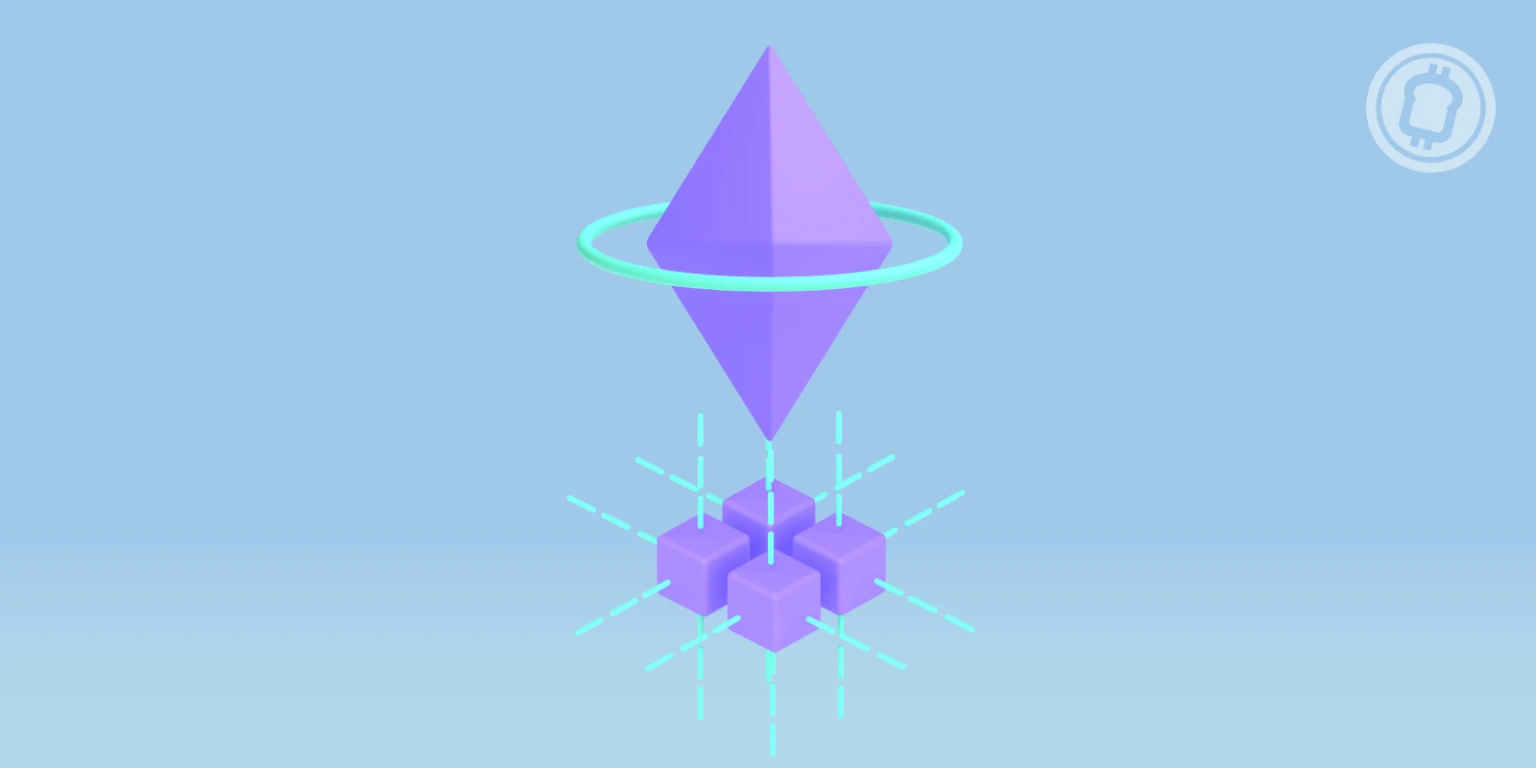
Image Credit: Cryptoast
Sharding
Sharding is one of Ethereum’s most anticipated upgrades. It divides the network into smaller, more manageable “shards,” each of which is an independent chain. Sharding significantly increases the network’s throughput by processing transactions in parallel, supporting the Ethereum ecosystem to meet the needs of millions of users and dApps.
Éclat d'eau
Danksharding is a further optimization based on sharding, which reduces redundancy and improves communication efficiency between shards by improving data storage and retrieval methods. This technology will significantly improve the efficiency of Éthereum , making it more competitive in terms of transaction capacity, and even competing with some new blockchain platforms known for their high performance.
Verkle Tree
Ethereum plans to replace the existing Merkle tree with the Verkle tree. This new encryption structure can significantly reduce the amount of data that nodes need to store. This improvement will enable more users to easily run full nodes, further enhancing the decentralized nature of the network.
zkEVM Integration
The addition of zero-knowledge Ethereum virtual machine (zkEVM) will achieve seamless connection between Layer-1 and Layer-2. zkEVM can not only improve the operating efficiency of decentralized applications (dApps), but also maintain the security and compatibility of Éthereum . This technology will help further reduce transaction costs and improve user experience.
Pectra Upgrade
The Pectra upgrade, expected to be launched in early 2025, will bring several key improvements to further enhance Ethereum’s transaction efficiency and user experience.
-
Account abstraction: Users can bundle multiple transactions and pay gas fees with any ERC-20 token.
-
Data availability improvements: effectively reducing Layer-2 transaction fees. These updates will make Éthereum easier to operate while lowering the barrier to entry for users.
-
Decentralized Governance
Ethereum is moving towards a more decentralized governance approach, giving community members a greater voice in the development of the network. Through an on-chain voting system and a decentralized autonomous organization (DAO), Ethereums future decisions will rely more on the community. This mechanism ensures that the evolution of the network always remains consistent with its core concept of decentralization.
Challenges
Despite its clear planning and strong technical support, Éthereum still faces many challenges:
-
Competitive Pressure: Blockchains like Solana et avalanche continue to innovate, attracting users with lower fees and higher speeds.
-
Regulatory compliance: As regulatory frameworks for blockchain technology are gradually taking shape in various countries, Ethereum needs to find a balance between compliance and decentralization.
-
User education: It is still a long-term task to let more ordinary users understand and accept the technical advantages of Ethereum.
By actively addressing these challenges and relying on a clear technical roadmap, Ethereum is further consolidating its position as a leader in the blockchain industry. In the future, Ethereum will continue to lead the development direction of decentralized technology.
About XT.COM
Founded in 2018, XT.COM currently has more than 7.8 million registered users, more than 1 million monthly active users, and more than 40 million user traffic within the ecosystem. We are a comprehensive trading platform that supports 800+ high-quality currencies and 1,000+ trading pairs. XT.COM cryptocurrency trading platform supports a variety of trading products such as spot trading , leveraged trading , et contract trading . XT.COM also has a safe and reliable NFT trading platform . We are committed to providing users with the safest, most efficient, and most professional digital asset investment services.
This article is sourced from the internet: The World of Ethereum: What It Is and How It’s Changing Industries
Original author: flowie, ChainCatcher Original editor: Nian Qing, ChainCatcher The most critical driving force behind this bull market that started in 2024 is the traditional financial asset management giants led by BlackRock. In the recently launched altcoin season, the first to lead the rise are the RWA, payment and other tracks that traditional financial giants have focused on. Among them, the tokens Ondo, CRV, ENA and other tokens closely related to traditional asset management giants such as BlackRock have seen very impressive increases. In the sharp decline of the market on the 10th and 11th, these tokens are also relatively resistant to declines or rebound quickly. Empowering traditional finance, especially projects supported by traditional financial giants, may be one of the most certain directions in this bull market. ChainCatcher briefly…







